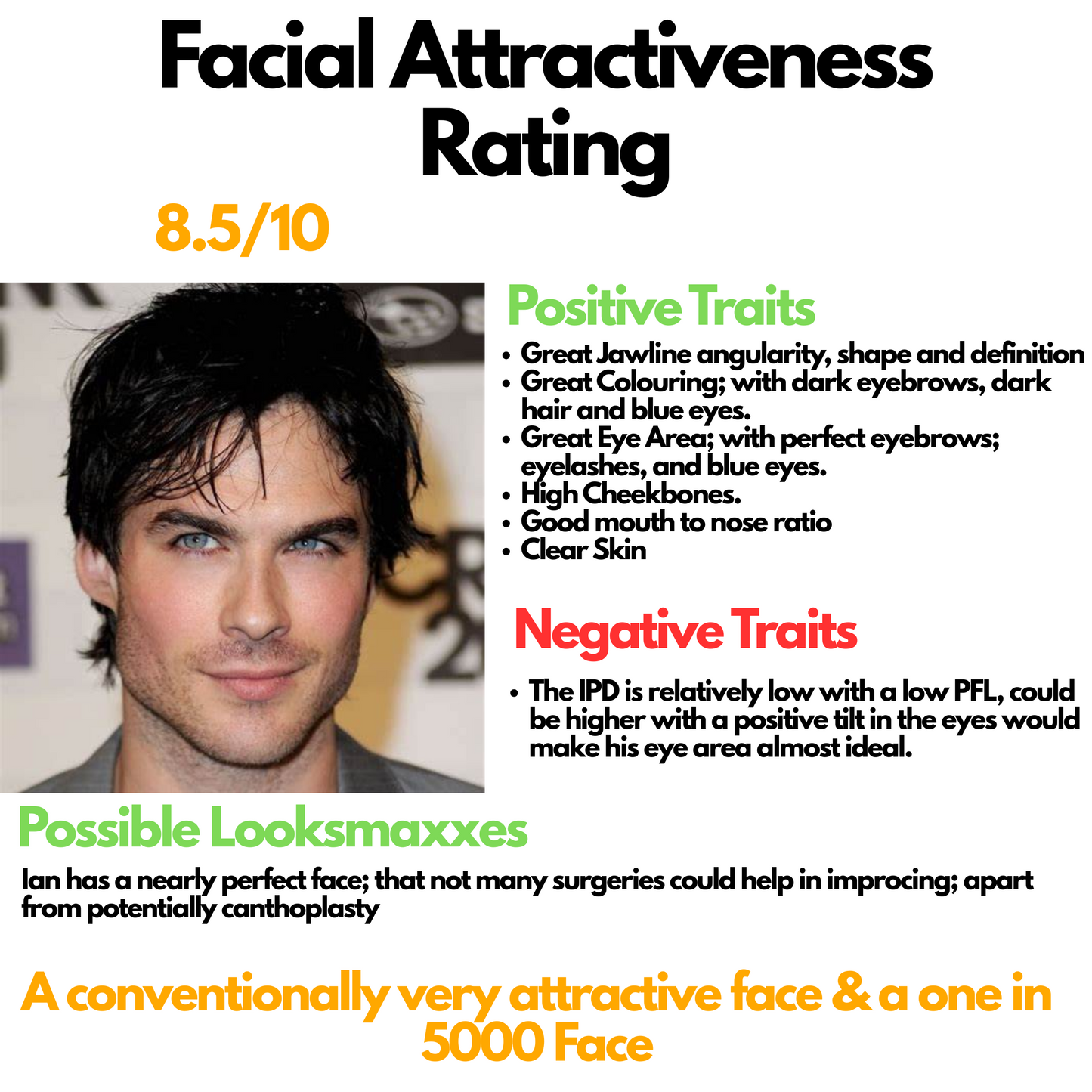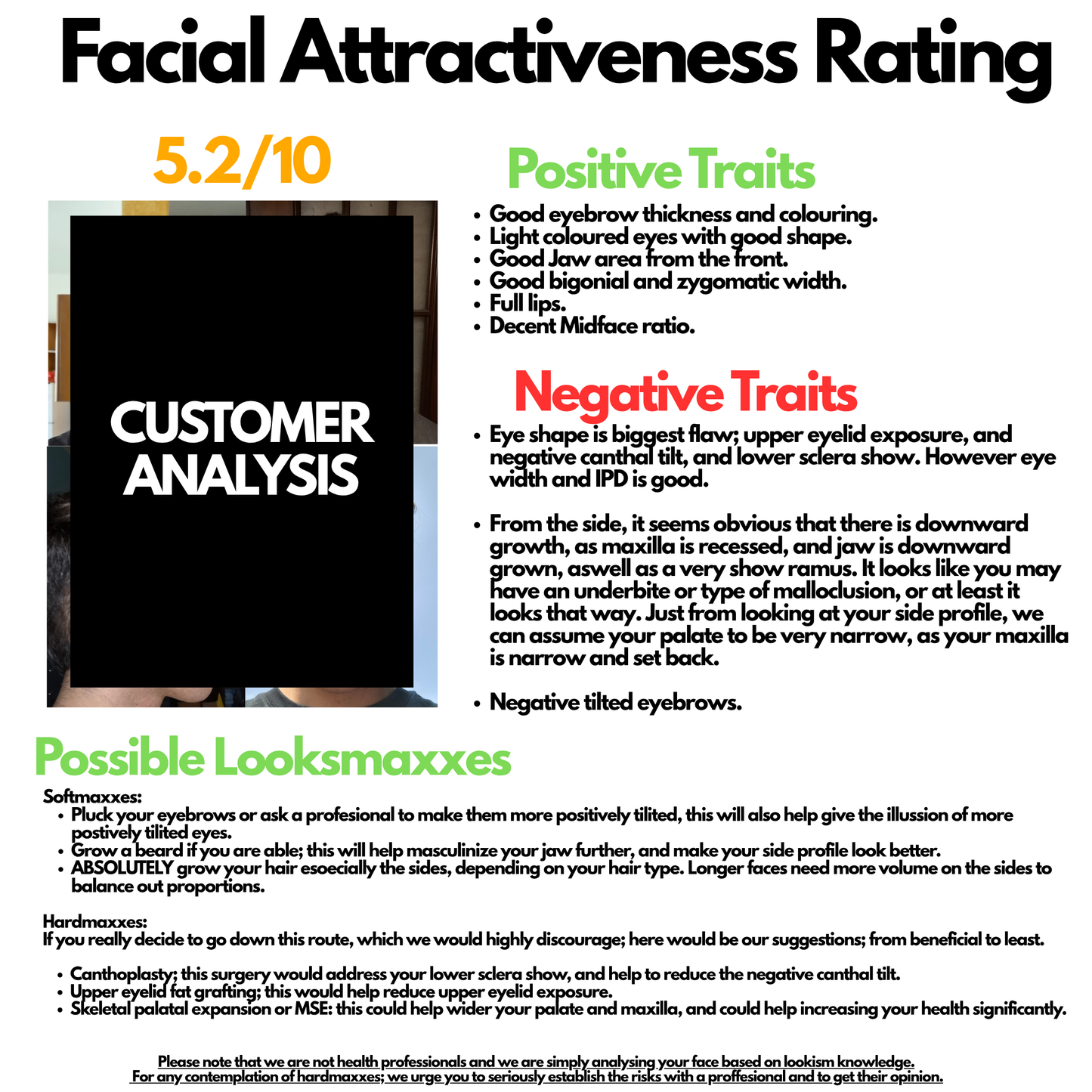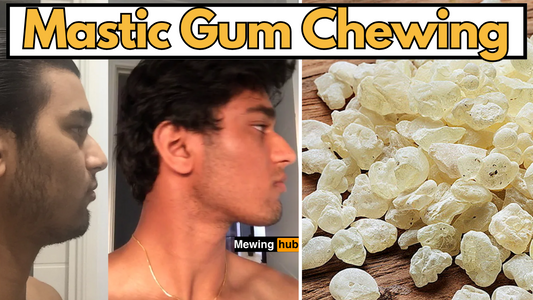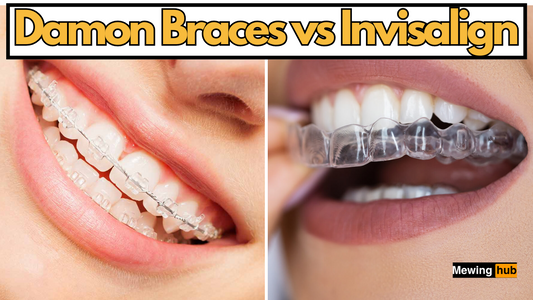How to Have Correct Body Posture When Mewing: Essential Tips for Success
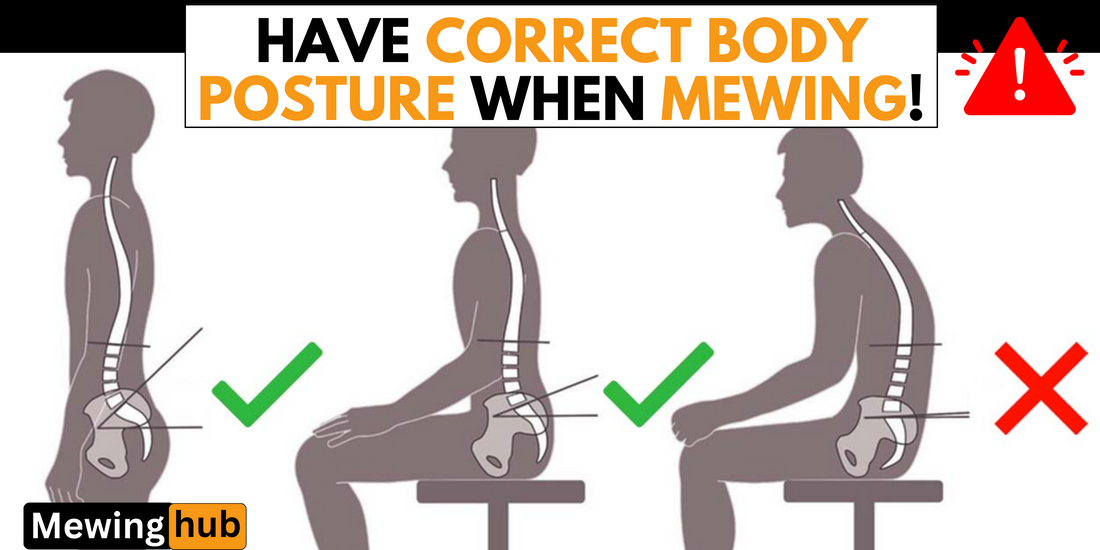
Share

The Essence of Mewing: A Quick Overview
Mewing, a method named after Dr. Mike Mew, isn't just about tongue placement; it's a holistic approach to reshaping your jawline and facial contours.

This technique, which involves maintaining your tongue against the roof of your mouth, has the potential to sculpt your facial features over time.
However, to unlock its full potential, there's a critical element that often goes unnoticed: your body posture.
The Posture-Mewing Synergy: Why It's Fundamental
Your body posture isn't just a backdrop; it's the foundation that can make or break your mewing efforts. Proper posture enhances the efficacy of mewing, ensuring that the adjustments you're aiming for in your facial structure are fully realized.
Unlocking the Perfect Posture for Mewing
The McKenzie Chin Tuck: A Game-Changer
Dr Mew himself demonstrating the mckenzie chin tuck
on one of his patients.
The McKenzie Chin Tuck is an essential exercise for addressing forward head posture, which is common in today's screen-dominated lifestyle.
This exercise, named after physical therapist Robin McKenzie, involves aligning your back against a wall and performing a chin tuck. This not only corrects your posture but also optimizes the conditions for effective mewing.
How to Perform the McKenzie Chin Tuck:
- Stand with your back against a wall, feet about six inches from the base.
- Tuck your chin in towards your neck, as if trying to create a double chin.
- Hold this position for a few seconds, then relax.
- Repeat this exercise 10-15 times daily.
This simple yet effective exercise can significantly improve your head posture, ensuring that your mewing efforts are not counteracted by a forward head position.
Correcting forward head posture is vital for effective mewing.
Discover more about how the McKenzie Chin Tuck can help you achieve this in our detailed guide.
Sitting Right

The way you sit, especially during prolonged periods, can impact your mewing practice. Maintaining an upright posture with your head aligned with your spine ensures that your facial muscles are in the optimal position.
Tips for Proper Sitting Posture:
- Keep your feet flat on the ground.
- Ensure your back is straight and your shoulders are relaxed.
- Keep your head aligned with your spine, avoiding a forward tilt.
Balanced Footing
Surprisingly, the position and engagement of your feet can influence your overall posture. Engaging your foot muscles properly can mirror the engagement required in mewing, creating a cohesive body alignment. Proper foot placement helps maintain a balanced stance, which is crucial for overall posture.
Tips for Balanced Footing:
- Distribute your weight evenly on both feet.
- Engage your core muscles to support your posture.
- Keep your knees slightly bent, not locked.
Sleeping Posture

Your posture while sleeping continues to influence your mewing progress. Avoiding back sleeping can prevent unwanted chin dropping and mouth breathing, which are crucial for maintaining mewing posture even in slumber.
Tips for Proper Sleeping Posture:
- Sleep on your side to maintain proper tongue posture.
- Use Mouth Tape to prevent mouth breathing.
- Use a supportive pillow to keep your neck aligned with your spine.
- Avoid sleeping on your back to prevent mouth breathing.
Combining Mewing with Proper Posture
To maximize the benefits of mewing, integrate these posture tips into your daily routine. Consistent practice of proper posture not only supports your mewing efforts but also contributes to overall health and well-being.
Learn all that you need to know about how to do mewing properly !

Your Journey to Aesthetic and Health Triumph
Mewing with the correct posture is a journey of patience and dedication. Over time, you'll start noticing not just aesthetic improvements but also enhancements in your overall health and confidence.
Mewing with the right posture transcends mere aesthetics; it's a pathway to a healthier, more confident you. So embrace the holistic approach, maintain correct posture, and witness the transformative power of mewing.
Your path to a rejuvenated self starts with posture. Embrace this journey, and discover the remarkable changes that await.
Conclusion
Incorporating proper body posture into your mewing practice is essential for achieving optimal results. By focusing on techniques like the McKenzie Chin Tuck, maintaining proper sitting and sleeping postures, and ensuring balanced footing, you can enhance the effectiveness of mewing.
This holistic approach not only contributes to improved facial aesthetics but also promotes overall health and well-being. Embrace these tips and make posture an integral part of your mewing journey for transformative results.





